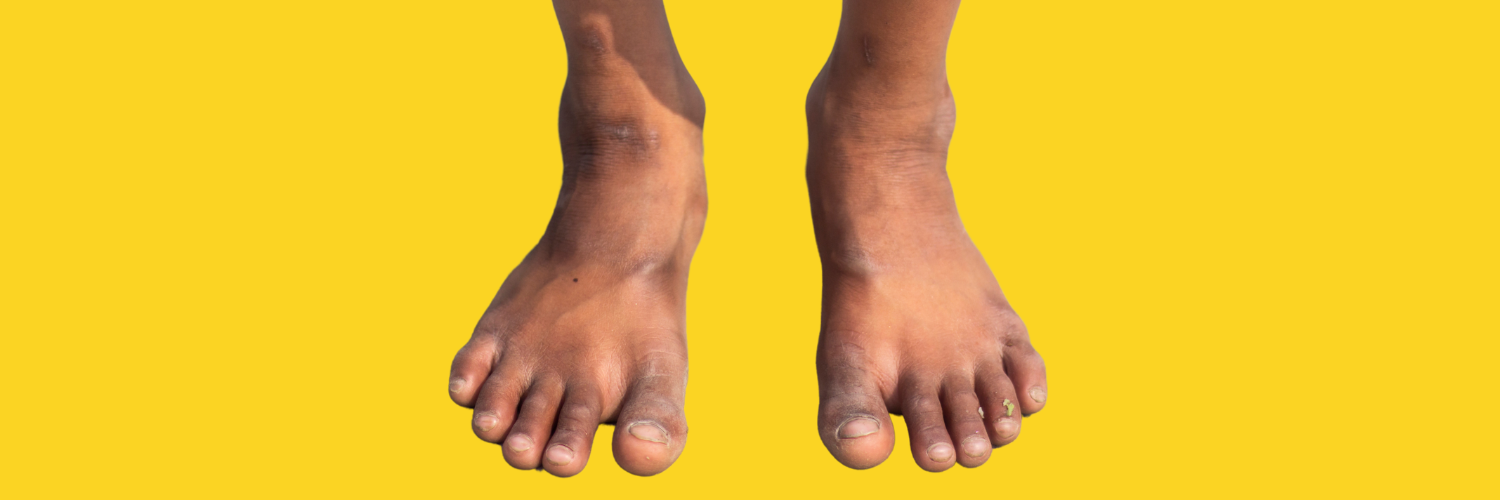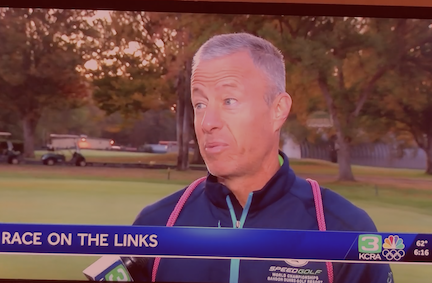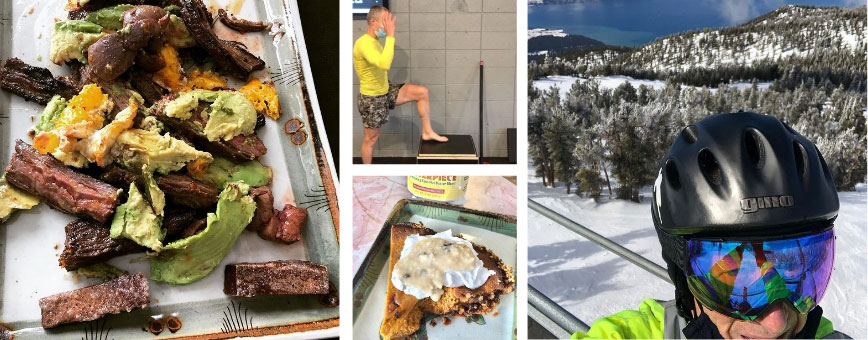Did you know that the big toe is one of the most critical functionalities of the Homo sapiens species? Many are unaware of just how important a role the big toe plays in human locomotion, athletic performance, and everyday movement.
Our great ape cousins and other primates have longer, “opposable” big toes—distinctly separated from the other toes (just like our opposable thumbs on our hands)—a feature that is great for climbing on trees. Humans, by contrast, have a short-ish big toe that is in alignment with the other toes; the big toe was one of the last parts of the human body to evolve, and helped us come down out of trees to become walkers, runners, sprinters—the greatest endurance athletes.
However, our shorter, aligned big toes do greatly inhibit our “arboreal” abilities: to function properly, the big toe must have the space and ability to move dynamically through multiple planes and independently from other toes. Therefore, any shoe that encases all the toes into a single box (even a “wide toe box”) is inhibiting the functionality of the big toe. Simply put, shoes cause our big toes to become weak, rigid, and atrophied. This causes undesirable alterations to our gait pattern and a chain reaction of excess load and dysfunction on other joints and connective tissue.
Most are likely unaware of the severity of the problem, especially if you’re not currently experiencing acute pain in your big toe. Not only is it time to acknowledge how shoes wreak havoc on big toe functionality, it’s time to actually do something about it, by trending toward a more barefoot-dominant lifestyle.
After a lifetime of restriction in shoes, the big toe becomes weak and dysfunctional, and balance can become unstable. Hence, the shocking statistic that the #1 cause of demise among Americans age 65 and over is falling and related injuries. According to healthinaging.org, 18-33% of elderly people who fall and break a hip are dead within one year.
Honing and preserving balance is one of the fundamental pillars of functional fitness and longevity, but it is often overlooked, even by devoted fitness enthusiasts. When moving, the big toe plays a pre-eminent role in impact absorption, balancing moving bodyweight, and providing takeoff propulsion. At impact, the big toe absorbs an amazing 40-60% of your bodyweight, and 3-5 times of your bodyweight load while running. The extension of the big toe at impact activates the flattening of the arch and the pronation of the foot during the walking and running stride—this is how the body absorbs impact gracefully and harnesses rotational kinetic energy for a powerful takeoff. When the big toe dorsiflexes to initiate the takeoff phase of the walking or running stride, it creates tension that travels up the leg and into the gluteus muscle group, allowing them to engage optimally for forward propulsion. This engagement is vitally important, as the glutes are the largest and most powerful muscle group in the body. If your glutes don’t activate when running or during other complex athletic activity, you have much less force production and stability, so you will likely perform worse and certainly increase your injury risk.
At takeoff, the big toe is the last part of the foot to leave the ground, and it dorsiflexes under tremendous load to unleash all that kinetic energy for a powerful takeoff. A strong and functional big toe helps prevent strain or inappropriate shear forces to other parts of the foot or the lower extremities, while a weak or constricted big toe inappropriately disperses impact load to other areas, like the Achilles tendon and the knee joint.
The Toe Test
Can you move your big toe independently from the other toes? It is important for it to be able to move up and down separately from the other toes. You should also be able to move it away from the others laterally.
Take off your shoes and sit on the floor with your knees bent and feet flat on the floor. Use your arms, if necessary, to squeeze your legs in so that your shins are vertical.
Make sure you have pressure through three points in your feet—the ball (base of big toe), the base of the pinky toe and the heel.
Without pronating or everting (keep that even pressure in the three points)…press your small toes into the floor and try to lift your big toe. Then, do the opposite and press your big toe down while lifting the small toes. You can even do a wave with the toes or try to lift one at a time. Make note of where you are with each of the steps above.
The Toe Fix
Do exactly what you did for the test—move your toes around! Besides moving them up and down and side to side, see if you can pick up a pencil or other object with them and use different toes.
In the beginning, you might feel like your brain is sending the signal to move, but it’s just not happening. If this is the case, you can use the help of your hands until you are able to control it on your own. Once you get them moving, apply tension with a rubber band during the movement(s) to turn it into more of a toe workout.
Give it a try – just a few minutes a day will give you great improvements in your athleticism and pain in a very short time! And, of course, go barefoot or wear Peluvas so your feet are encased in shoes that have an individual big toe slot.
Visit Peluva.com and use the code BRADPODCAST for 15% discount!






